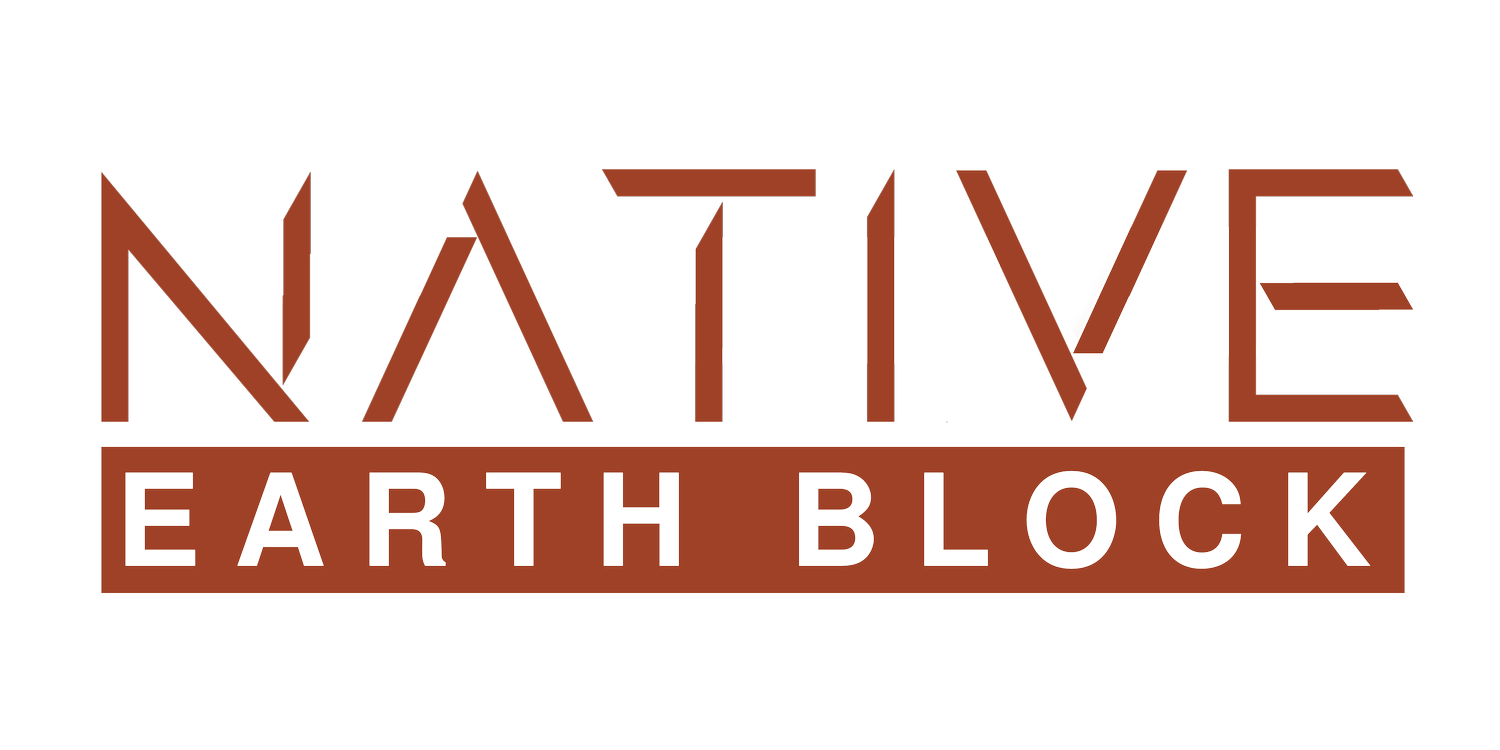Reaching New Heights: Exploring the Vertical Potential of Compressed Earth Blocks
In the world of sustainable construction, compressed earth blocks (CEBs) have captured the attention of architects, builders, and environmentally conscious individuals alike. These natural building blocks, made by compacting a mixture of earth, sand, and stabilizers, offer a unique blend of ecological benefits and aesthetic appeal. A common question that arises is how high one can build with compressed earth blocks. In this blog post, we delve into the factors that influence the vertical potential of CEBs and showcase the ingenuity behind constructing taller structures using this eco-friendly material.
Understanding the Limits
The height to which one can build with compressed earth blocks is influenced by several key factors. While CEBs offer remarkable structural integrity and durability, there are considerations that need to be taken into account to ensure the safety and stability of taller constructions.
Quality of Materials: The quality of the earth, sand, and stabilizers used in the production of CEBs is a critical factor. High-quality materials contribute to the strength and load-bearing capacity of the blocks.
Stabilization: The choice of stabilizer significantly impacts the strength of the blocks. Proper stabilization ensures that the blocks can withstand the forces exerted on them in a taller structure.
Engineering and Design: Taller structures require careful engineering and design to distribute loads and stresses effectively. Elements like proper foundations, load-bearing walls, and reinforcement play a crucial role in achieving structural integrity.
Local Climate and Conditions: The local climate, including factors such as wind, seismic activity, and weathering, can affect the design and construction of taller CEB structures.
Case Studies: Taller CEB Structures
Casa Wabi, Mexico: Casa Wabi is a cultural center located in Oaxaca, Mexico, designed by architect Tadao Ando. The building incorporates compressed earth blocks and rises to a height of two stories. This project showcases how proper design and engineering can allow CEB structures to reach significant heights.
Druk White Lotus School, India: The Druk White Lotus School in Ladakh, India, features multiple buildings constructed using CEBs. These buildings are up to three stories high and demonstrate the versatility of CEBs in creating multi-story educational facilities.
Architectural Innovations: Architects and builders continue to push the boundaries of CEB construction by incorporating innovative techniques and technologies. These advancements contribute to achieving taller and more intricate structures.
The height to which one can build with compressed earth blocks is not limited by the material's inherent qualities, but rather by the synergy of design, engineering, quality of materials, and local conditions. As seen in various case studies and projects around the world, compressed earth blocks have been used to construct multi-story buildings that combine sustainability, aesthetics, and functionality. When approached with careful planning and attention to detail, CEBs offer a viable solution for environmentally conscious construction, reaching new heights in the pursuit of sustainable architecture.

